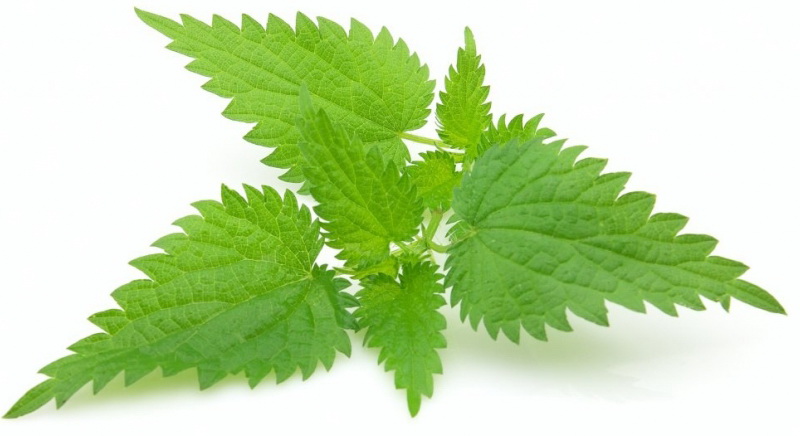
On wasteland, pastures and in hedges, nettle is found in plenty. They are a most potent herb with many qualities compensating for the strung fingers. The nettle is widely used to treat rheumatism and poor circulation, to cure bronchitis, to reduce the risk of haemorrhages and dispel melancholia. The nettle leaves may be boiled and then eaten like green vegetables.
It is a powerful storehouse of nutrients perfect for the coldest and deepest part of winter. Stinging Nettles are rich in calcium, magnesium, iron, B complex, C complex, vitamins A, D, and K. Nettles are also rich in protein, cobalt, trace minerals, potassium, zinc, copper and sulphur. They are also rich in chlorophyll. According to some sources, one cup of infused nettles contains 300-500 mg of calcium. If prepared correctly, nettle tea is high enough in calcium to be considered an aid in bone-building. The best way to make nettle tea for its medicinal properties is to prepare it by infusion or by simmering. Infusions significantly increase the nutrient value of the tea by allowing more of the minerals to release into the liquid. To make Nettle Infusion, measure 1 oz weight of dried nettles into a quart glass jar, pour boiling water over and infuse at least 4 hours. Strain and store in the refrigerator for a day or 2. Drink 2 cups a day.
Cautions and Side Effects
Not to be taken during pregnancy. Can cause mild stomach upset or a skin reaction.
